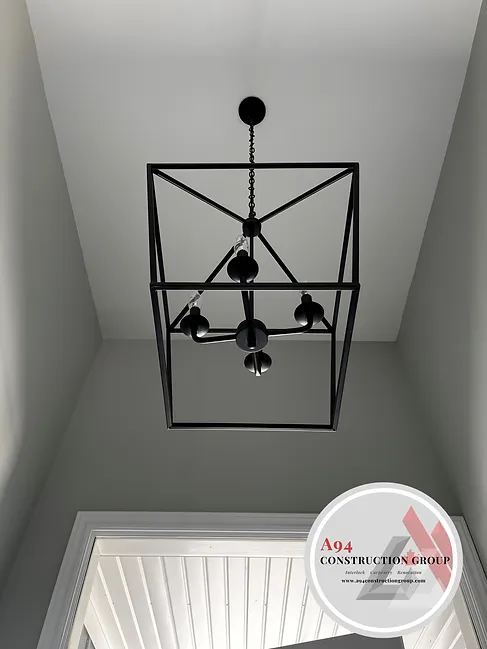When it comes to choosing interlocking Richmond Hill for your outdoor space, two popular options are concrete and natural stone. Each material offers its own unique set of characteristics, advantages, and considerations. Understanding the differences between concrete and natural stone interlocking pavers can help you make an informed decision based on your preferences, budget, and project requirements.
Material composition:
Concrete interlocking pavers are made from a mixture of cement, aggregate, and coloring agents, which are poured into molds and cured to create uniform shapes and sizes. Natural stone interlocking pavers, instead, are quarried from the earth and cut into various shapes and sizes, retaining their natural texture and color variations. The material composition of each type of paver affects its appearance, durability, and maintenance requirements.
Aesthetic appeal:
Concrete interlocking pavers are available in a wide range of colors, shapes, and patterns, offering versatility and design flexibility for creating custom outdoor spaces. They can mimic the look of natural stone, brick, or even wood, providing endless possibilities for creating unique and cohesive designs. Natural stone interlocking pavers, instead, offer unmatched beauty and authenticity with their unique textures, colors, and veining patterns. Each stone is one-of-a-kind, adding a sense of character and charm to any outdoor space.
Durability and longevity:
Concrete interlocking pavers are known for their durability and strength, making them resistant to cracking, fading, and weather damage. They are engineered to withstand heavy loads and harsh environmental conditions, making them ideal for driveways, patios, and walkways. Natural stone interlocking pavers, while also durable, may vary in hardness and resistance to wear and tear depending on the type of stone used. Some types of natural stone, such as granite and bluestone, are exceptionally durable and well-suited for high-traffic areas.
Maintenance requirements:
Concrete interlocking pavers are relatively low maintenance, requiring periodic cleaning, joint sand replacement, and sealing to protect against stains and fading. Natural stone interlocking pavers may require more frequent maintenance, including sealing, cleaning, and occasional relieving to prevent settling and shifting. The type of maintenance required for each type of paver depends on factors such as climate, usage, and exposure to the elements.
Cost considerations:
Concrete interlocking pavers are generally more affordable than natural stone, making them a cost-effective option for budget-conscious homeowners. Natural stone interlocking pavers, while more expensive upfront, offer long-term value and durability that may justify the higher initial investment for some homeowners. Additionally, the cost of installation may vary depending on factors such as labor, accessibility, and site preparation requirements.
